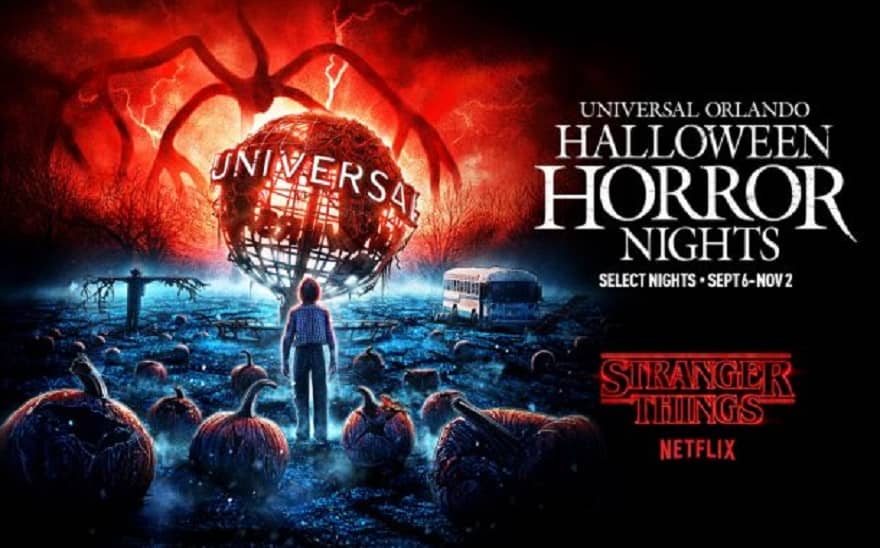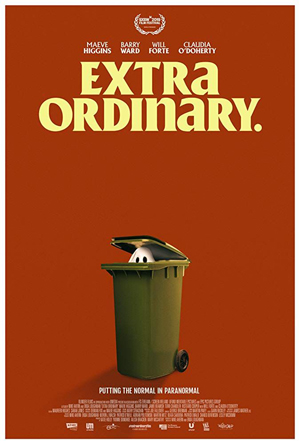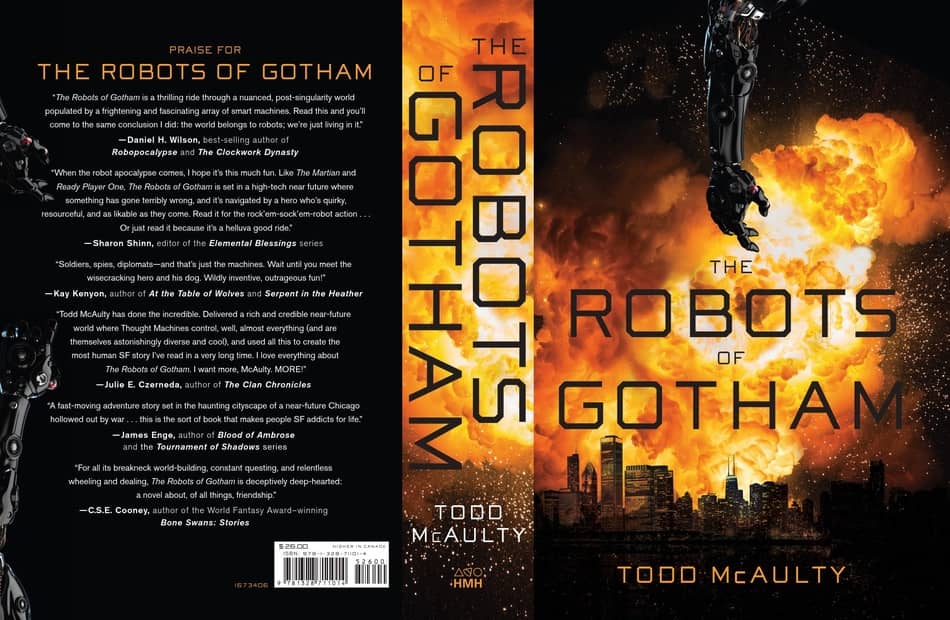Vintage Treasures: Strange Invasion by Michael Kandel
 |
 |
Bantam Spectra Special Edition (1989), cover by Edwin B. Hirth, III
Michael Kandel began his career translating Stanislaw Lem’s Polish novels into English, including The Futurological Congress, The Cyberiad, and The Star Dairies. He was twice nominated for a National Book Award for his efforts. In 1989 he published his first novel with Bantam Spectra, Strange Invasion, followed quickly by In Between Dragons (1990), Captain Jack Zodiac (1991), and Panda Ray (1996). Since then he’s been writing mostly short fiction, most recently two stories in Gordon van Gelder’s 2017 anthology Welcome to Dystopia.
At the time Strange Invasion appeared, Bantam Spectra was the most prestigious imprint in the business. Founded by Lou Aronica when he was just 27 years old, its first release was David Brin’s Startide Rising (1983), which claimed a Hugo and a Nebula award. Spectra followed up with multiple hits, including Neal Stephenson’s debut Snow Crash (1992) and bestsellers from Isaac Asimov, Arthur C. Clarke, Raymond Feist, William Gibson, and Neil Gaiman — and, in 1996, a little book called A Game of Thrones, by George R.R. Martin. His acclaimed Full Spectrum anthology series ran for five volumes. Before he left Bantam in 1994, Aronica acquired five consecutive Nebula Award winners. In recent years the imprint has become moribund, and I believe it is now dead.
Strange Invasion came in 5th in the annual Locus Award for Best First Novel. But it has never been reprinted, and hasn’t seen a lot of modern attention. In some quarters it is still considered a modern classic, however. For example, here’s Don Web’s review at Bewildering Stories.

 On June 25 I went to the De Sève Theatre for the one movie I’d see that day at the Concordia campus. It was called Culture Shock, and while it’s available on Hulu, this was a rare chance to see it in Canada.
On June 25 I went to the De Sève Theatre for the one movie I’d see that day at the Concordia campus. It was called Culture Shock, and while it’s available on Hulu, this was a rare chance to see it in Canada. 

 There was only one film I planned to watch on July 24, and that was writer-director Johannes Nyholm’s Koko-di Koko-da. It promised to be a strange movie about characters trying to break out of a time loop, and I settled in at the De Sève Theatre wondering at the horror elements implied by the film’s description in the festival catalogue.
There was only one film I planned to watch on July 24, and that was writer-director Johannes Nyholm’s Koko-di Koko-da. It promised to be a strange movie about characters trying to break out of a time loop, and I settled in at the De Sève Theatre wondering at the horror elements implied by the film’s description in the festival catalogue.


 I had one film on my schedule for July 23, an Irish horror-themed comedy named Extra Ordinary. It was preceded by one of the best shorts I saw at Fantasia this year outside of a short film showcase.
I had one film on my schedule for July 23, an Irish horror-themed comedy named Extra Ordinary. It was preceded by one of the best shorts I saw at Fantasia this year outside of a short film showcase.